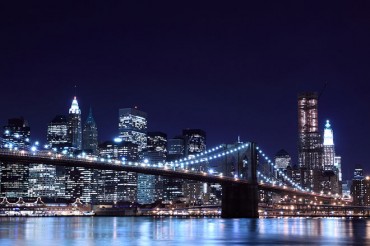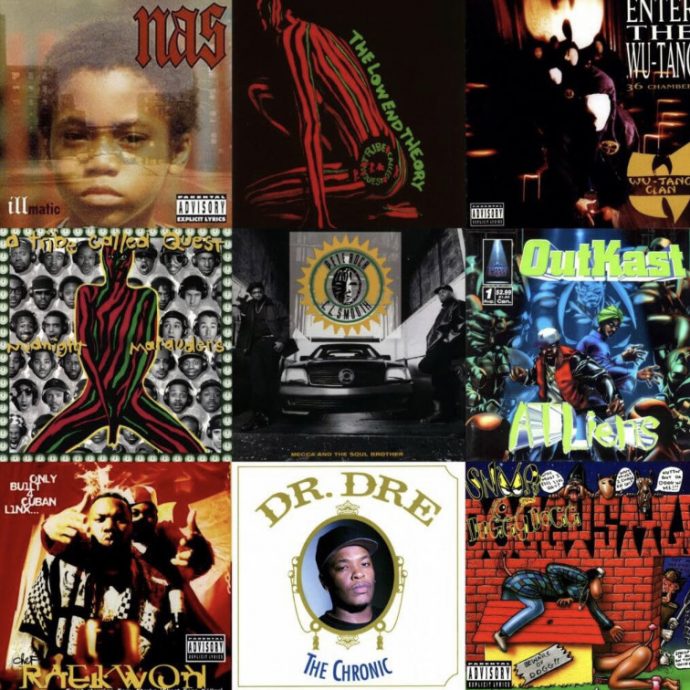

Tap, steppin’, ballet, disco, and modern all continue to contribute.īreaking has rummaged beyond the dance floor and stage to find many of its most dramatic moves. His high-energy dance moves in the 1960s and 70s have inspired b-boys and b-girls ever since, and his song “Get on the Good Foot” is one of breaking’s early anthems. For individual inspiration, though, no one can best soul singer James Brown. The ad-libbing of the Lindy Hop, popular from the 1920s on, also lives in breaking’s style. These styles include the Charleston from 100 years ago that loaned its characteristic leg kick and arm swing as a top-rocking move. Breaking is the ultimate 3-D dance-flipping high, spinning low, and putting a premium on physical imagination and bravado.īreaking has copied from many dance styles to generate this uniqueness. Robotic movements flow into smooth whole-body waves before dropping into acrobatic leg flares that suddenly halt in mid-spin freezes that seem to defy gravity. It mixes super-quick footwork with body-torquing twists. In keeping with hip hop’s ethic of improvisation, breaking is often a create-on-the-fly dance style. Early b(reaker)-girls and b-boys like Crazy Legs and his Rock Steady Crew earned their skills on that hard ground, admiring each other’s cuts, bruises, and “battle scars” as they pushed one another to evermore audacious displays of style and guts. By his early teens, the boy now immortalized as “Crazy Legs” became a trendsetter for breaking-a dance revolution still popping, locking, and rocking the world.Īs hip hop culture rose from the streets of the Bronx, breaking spun up and stepped out from the concrete itself. “I just saw all these kids having fun.checking out the whole scene, and it was my first time watching the dance with the music being played.I just immediately became a part of it.” Richard Colón was just 10 when his cousin took him to his first schoolyard bash in 1976. “Ah, I was just blown away,” he says in Jeff Chang’s history of hip hop, Can’t Stop Won’t Stop. Image via Creative Commons user Néstor Baltodano So what is hip hop? All of the above and more-whatever we love enough to bring. Graffiti rises on the Great Wall of China. B-boys and b-girls bust baby freezes in Finland. DJs spin turntables in Sao Paulo, Brazil. Its sounds, styles, and fashions are now in play around the world. Knowledge of self-the moral, social, and spiritual principles that inform and inspire hip hop ways of being.įrom its work-with-what-you-got epicenter in the Bronx, hip hop has rolled outward to become a multibillion-dollar business.

Theater and literature-combining hip hop elements and themes in drama, poetry, and stories.Writing-the painting of highly stylized graffiti.MCing, aka rapping-putting spoken-word poetry to a beat.DJing-the artistic handling of beats and music.Today, some hip hop scholars fold as many as six elements into hip hop culture. Hip hop kept coming, kept pushing, kept playing until that was no longer possible. They got the word out about what was happening in their neighborhoods-neighborhoods much of mainstream, middle-class America was doing its best to ignore or run down. A growing movement of hopeful poets, visual artists, and urban philosophers added their visions and voices by whatever means available. Like a powerful star, this dance-party scene quickly drew other art forms into its orbit. Competition was, and remains, a prime motivator in the hip hop realm.
#East coast hip hop history code#
It was a code that has flowed through hip hop ever since: 1) Use skills and whatever resources are available to create something new and cool 2) Emulate and imitate the genius of others but inject personal style until the freshness glows.


The effect that night was electric, and soon other DJs in the Bronx were trying to outdo Herc. It was a technique that filled the floor with dancers who had spent days and weeks polishing their moves. He spun the same record on twin turntables, toggling between them to isolate and extend percussion breaks-the most danceable sections of a song. From a whole lot of nothing-and a whole lot of imagination-hip hop took form.ĭJ Tony Tone and DJ Kool Herc, 1979 © Joe ConzoĭJ Kool Herc is credited with throwing the switch at an August 1973 dance bash. It was the early 1970s and times were tougher than usual for the poorer parts of urban America. The elements of hip hop came together in the Bronx borough of New York City. Hip hop, in other words, is a way of living-a culture. But it also has blended and transcended them to become a means for seeing, celebrating, experiencing, understanding, confronting, and commenting on life and the world. Hip hop embraces these artistic elements, most definitely.


 0 kommentar(er)
0 kommentar(er)
